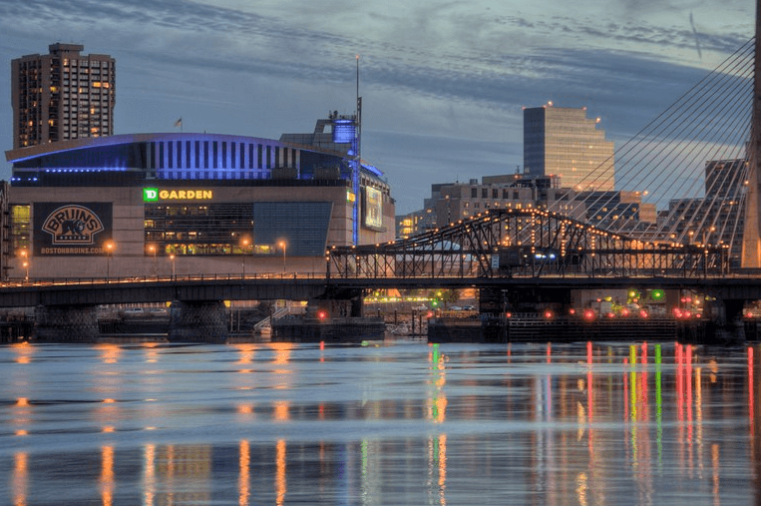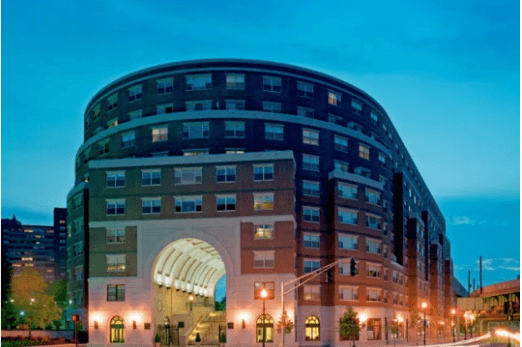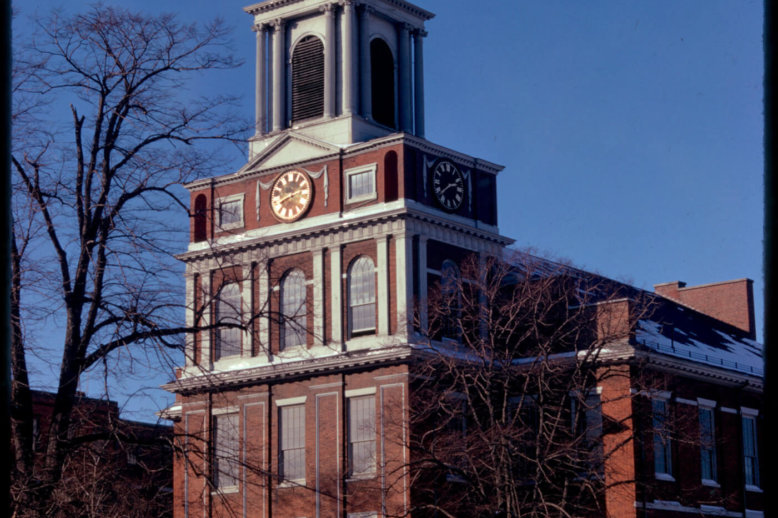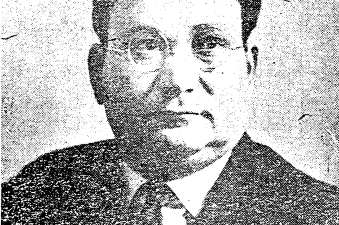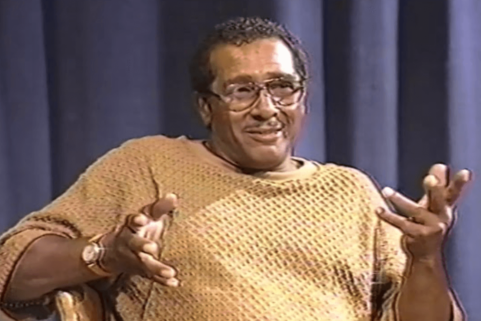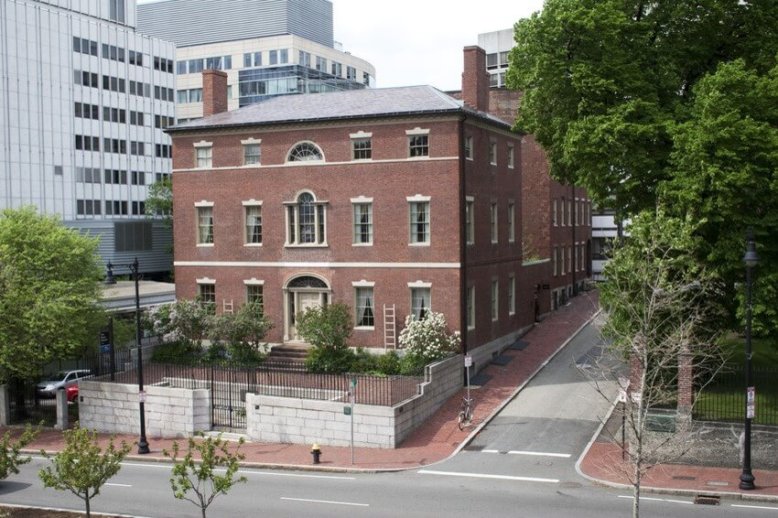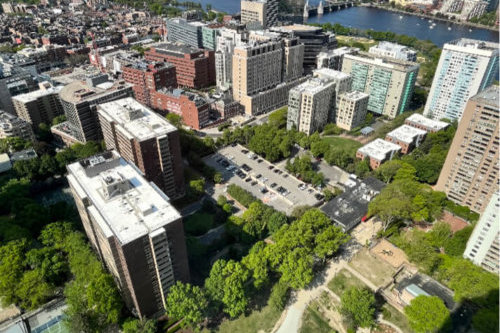Population and Housing Trends in the Post-Renewal West End
Urban renewal is a process that aims to revitalize and transform urban areas to meet changing societal needs, but it can also have far-reaching consequences, particularly in terms of population and housing dynamics.


